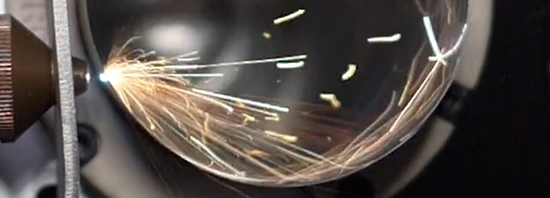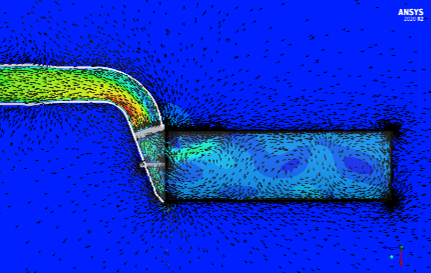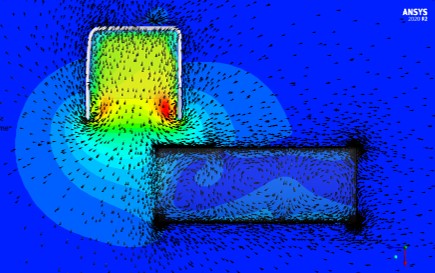Research into Improving the Laser Precision Cutting of Thin Aluminium Cylinders
UnimaQ is recognised as a global leader in manufacturing high-speed beverage can decorating machinery and equipment. The company is also committed to designing next-generation can making equipment that will not only deliver greater processing flexibility but also raise efficiency levels and reduce energy consumption.
They are currently developing an innovative laser can trimming machine and have part-created a functioning prototype. Their target is to develop the prototype into a product ready for manufacture and commercial sale, however, further investigation needs to be conducted to confirm its viability before a commercialisation phase be considered.
Challenge
UnimaQ collaborated with ASTUTE 2020 on a research-based approach to the development of their laser can trimming machine.
A literature review found that recently published research on the feasibility of laser cutting metal sheets presented contradictory arguments. With this in mind, the collaborative project decided to address and test the following research questions:
- What is the best method to effectively extract the dust particles generated during the laser cutting of thin aluminium cans?
- What are the mechanical and thermal material properties of formed aluminium cans?
- What are the cutting kerf’s, morphology, and fluid dynamic properties of the dust generated during the laser cutting process?
Solution
Through the collaboration, both parties acquired new knowledge about heat conduction, material flow, and phase evolution during laser cutting of aluminium alloy, and developed the practical skills to optimise the process.
Computational modelling was used to evaluate flow pattern and analyse how efficient the collection of aluminium particles was in the dust extraction system. From the findings, the team developed the practical abilities to reduce dust generation during the cutting process and were able to suggest suitable equipment for the extraction of any unavoidable dust and fume emissions created. They also optimised the laser cutting processing parameters and the extraction and filtration system which contributed to achieving faster cutting speeds.
To validate the experiments, UnimaQ made the necessary adjustments to their prototype and captured flash images during the laser cutting process to display the flow pattern of the generated dust particles. The prototype extraction system was tested by UnimaQ under different laser powers, air nozzle velocities, and nozzle positions.
ASTUTE 2020+ also collected samples of cut cans to analyse the morphology, cutting kerf, and shape and size of the generated dust particles which stick on to, and contaminate, the cans’ walls. Their findings were shared with the company to provide them with a solid understanding of the particles’ fluid dynamics that can be incorporated into, and influence, any future product development.
Impact
The collaborative research project not only successfully identified the dust generation issues related to the cutting process, but was able to mitigate and overcome them.
The project has delivered several positive impacts to the company, including:
- Development of a new sideways extraction system that improve extraction efficiency by a factor of 9.
- Mitigation of the possible fire risk associated with excess dust generation
- Mitigation of the health risk posed by dust particles to staff working with the machine
- Reduction in material waste and usage in comparison to traditional knife cutting
- Company technology readiness level raised to TRL7 (being as close as possible to the realistic environment observed in the manufacturing process within the company) from TRL 4/5 (demonstrate a fully functional prototype material validated with lab trials).
- Ability to embed the research elements from this project into their future product development
- Ability to move their product into a commercialisation phase following several years of unsuccessful trial and error pre-collaboration




